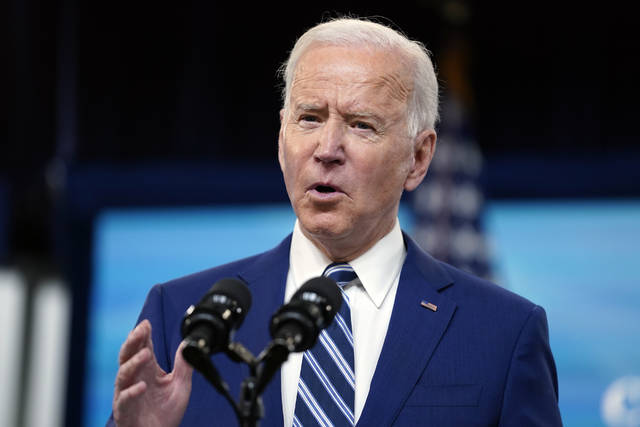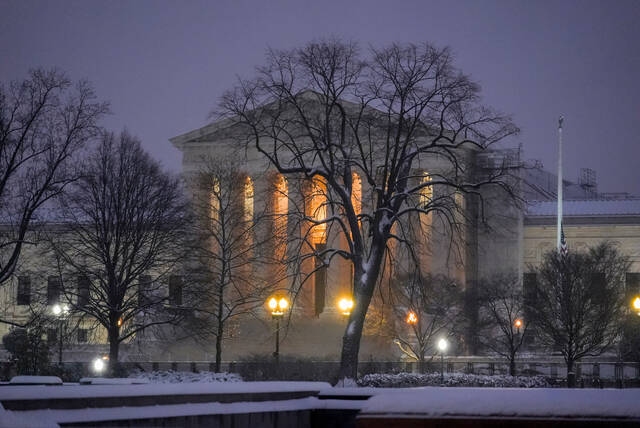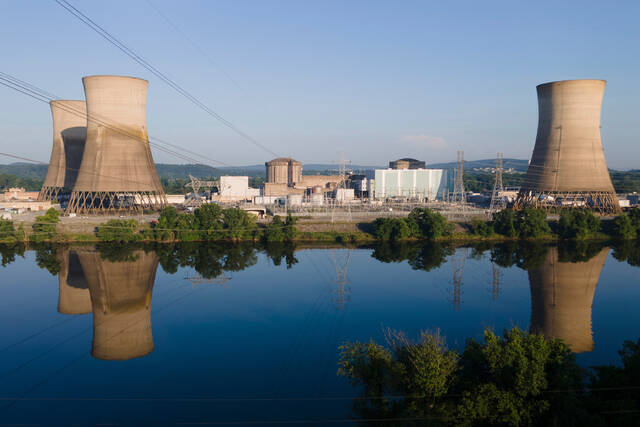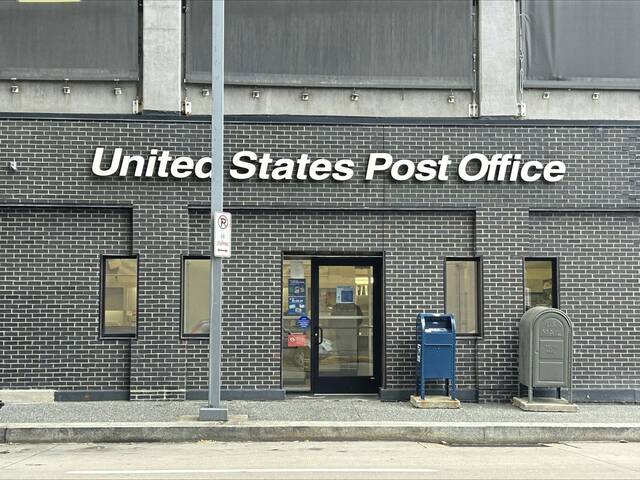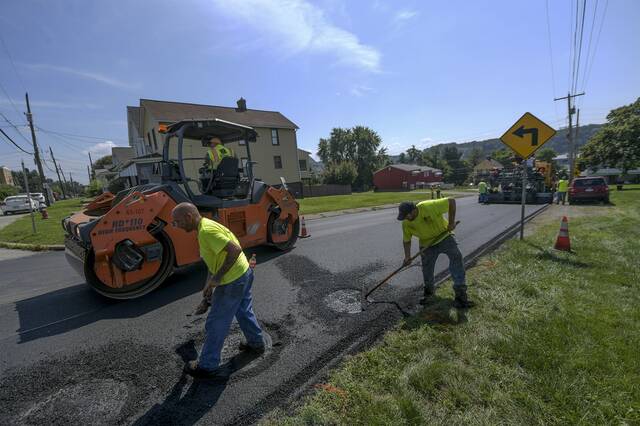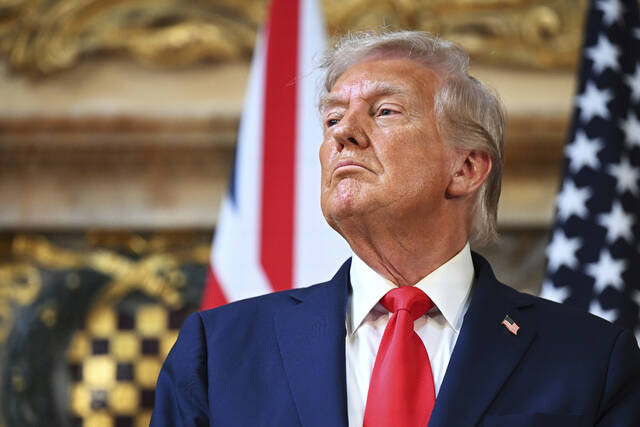To carry out his $3 trillion infrastructure plan and ensure its success, President Joe Biden needs to embrace his inner Franklin D. Roosevelt and forge a 21st-century New Deal.
Biden’s desire to establish a consequential legacy is setting the stage for federal investments in public infrastructure that have not been seen since the 1930s. In a March 2 meeting with academic historians, Biden quipped about comparing himself to Franklin D. Roosevelt — the 32nd president who oversaw massive policy interventions and public investments in response to the Great Depression of 1929.
Roosevelt introduced a bold set of policies to stave devastation and prompt an economic recovery. The New Deal policies of the 1930s ranged from establishing Social Security, federal housing, work relief and infrastructure development programs to guaranteeing fair labor standards and collective bargaining rights. People received good-paying jobs building our nation’s highways. Homes in rural areas received electricity for the first time.
The administration also introduced major reforms to the financial sector, since the stock market’s rapid rise and subsequent collapse initiated the Great Depression. The Emergency Banking Act, Glass-Steagall Act and Securities Exchange Act collectively helped to stabilize the financial system, put regulations and oversight into place, and created the Federal Deposit Insurance Corporation (FDIC).
The biggest agency of the New Deal was the $50 billion (in 1933 dollars) Reconstruction Finance Corporation (RFC), a national public bank. The RFC was Roosevelt’s financing arm and supplied capital to struggling private banks to help them lend again to jump-start the free market. The RFC financed rural electrification. Then, after farms had power, the RFC financed appliances for farmers. It even lent $20 to a Kentucky barber who lost his shears in a flood. In sum, the RFC did it all.
Unfortunately, the New Deal policies and investments of the 1930s crumbled under the weight of their contradictions, as historian Gabriel Winant has observed.
Despite being the most critical social and economic experiment of the last century, the policy decisions of the New Deal era are responsible for the racial wealth gaps that we see today.
The New Deal and post-war policies created a conveyor belt to generational wealth: a good job that paid enough to live, save, buy a home and pass something on to the next generation.
In this grand experiment, most white people were automatically assigned to the treatment group where they enjoyed all the benefits of public investments in housing and infrastructure. Fair labor laws and unionization protected white people’s jobs. And, they benefited from banks’ affordable interest rates and appreciating home equity.
Meanwhile, Black and brown people were the experiment’s control group. Policy decisions pushed Black and brown people into rental housing and banks’ redlining and racial covenants confined them to segregated communities. Black and brown people were excluded for years from Social Security and labor protections. There was no equity or wealth creation, and little to no financial cushion passed to the next generation.
The New Deal experiment worked. Today, white families have 10 times the wealth of Black households and eight times that of Latinos.
The results of the New Deal experiment confirm what is possible with policy interventions and public investments and offer a blueprint for what we need to do next.
So, what do we need to do?
To begin, we need a modern reboot of Social Security with a national guaranteed income program. It is time to add cash to the social safety net and ensure domestic workers, caregivers, college students and all working people have regular cash payments. Working people, including gig workers, need better protections, including living wages, benefits and retirement.
Second, we need a new Reconstruction Finance Corporation, a national public bank that can help the Biden Administration finance their agenda. Cornell professor Saule Omarova has the perfect idea to meet the moment: the National Investment Authority (NIA).
The NIA can finance the Biden administration’s strategy to rebuild the United States’ critical infrastructure and tackle climate change. And the NIA can prioritize investments in people and communities excluded by the original New Deal.
And finally, Biden should take his New Deal one step further. By supporting the Public Banking Act of 2020, the Biden administration can empower states and cities to launch public banks. These banks can bust redlining and segregation once and for all by originating micro-mortgages, financing worker cooperatives, and ensuring disinvested communities have access to business capital.
Biden should embrace these public investments to realize his vision for a bold new era. And this time, Biden must prioritize our society’s most marginalized groups to avoid creating another one-sided experiment.
Terri Friedline, a University of Pittsburgh graduate and former Highland Park resident, is an associate professor of social work at the University of Michigan and author of “Banking on Revolution: Why Financial Technology Won’t Save a Broken System.” Ameya Pawar is a fellow with the Open Society Foundations and the Economic Security Project. He also served two terms on the Chicago City Council.


